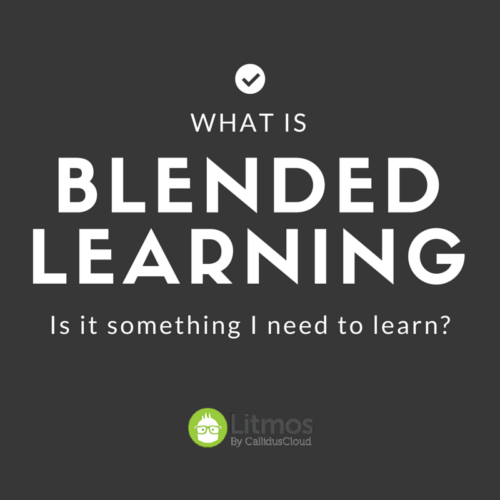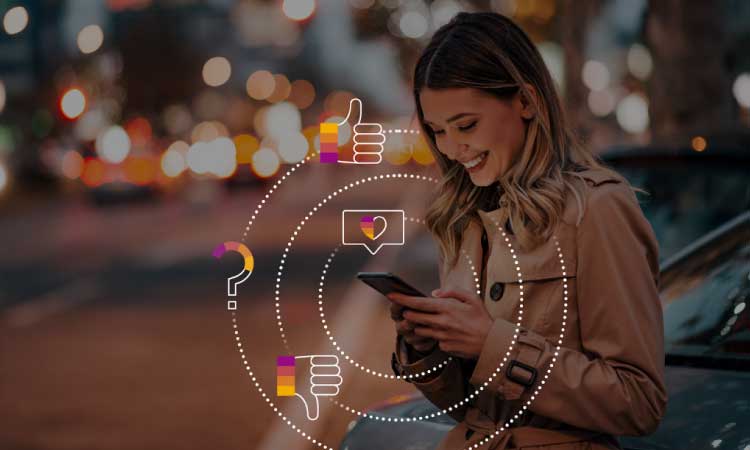What You May Not Know About Blended Learning

“A training program containing a mix of face-to-face and e-Learning.”
The wikipedia entry on Blended Learning is good, but a little confusing, and careful to also point out that…
“A lack of consensus on a definition of blended learning has led to difficulties in research about its effectiveness in the classroom.[5]“
While everyone seems to have their own view of what a blended solution looks like, most will agree that 21st century “courses” will contain lessons/modules that vary in their media selection, and mode of delivery.
Historical Perspective
Try to remember that prior too the end of the 1980’s, give or take 5+ years, everything related to learning and education revolved around a classroom and a teacher. Sure, people learned things on their own. But as a professional practice, the design of instruction was all about designing student/teacher guides for the classroom…using paper. And at the risk of confusing you even more, many will remind us that even back in those days good instruction utilized a blend of media, experiences, and instructional methods. And this is why, for many, the term “blended learning” is too vague to have any significant meaning or be perceived as new and innovative.
I remember in the ’90’s referring to our industry’s over-zealous approach to CBT (Computer-based Training) as “the pendulum swinging too far towards self-paced instruction.” And that is where I believe this conversation is rooted. It’s not that blended learning has never been thought of before now. If you look at creative instructional practices throughout the past 50+ years you’ll find a variety of methods, models, and media blended together to form complete learning programs. So the idea of blended learning is not new. It’s the idea that the pendulum has swung back to a more centered place somewhere between a group of learners in a classroom with a teacher and the solitude of totally self-paced learning.
It’s the camps of designers and developers firmly planted on each end of the spectrum that forced us to find some middle ground and consider the reality of blending best of what both have to offer.
What Does a 21st Century Learning Blend Look Like?
The industry has done well learning from the past and seeing the many benefits of a more holistic learning approach supporting instructor-led training experiences, completely self-paced learning experiences, and everything in-between. Today’s learning management systems support many different forms of training content delivery from ILT (instructor-led training), to fully contained self-paced learning “packages”, and all the variations of media content. It’s taken us a while, but I’m starting to see much larger acceptance of all content having the potential to be learning content.
A 21st century learning blend will often contain pre-work that is self-paced as a pre-requisite before scheduling the ILT portion of the class. And after attending an ILT there may be followup modules that contain videos, or interactive simulations, that help you practice what you’ve learned. This is where the instructional designer can show their skills. Much like a good chef can create a outstanding 5 course meal for a unique audience and environment, the instructional designer brings their skills in audience and context analysis(and more), to prepare the most effective and complete learning experience.
Summary
Blended learning is not new. Long before the internet, and computer-based training, innovative teachers and designers of instruction have blended a variety of media, and methods, to present learners with a blended learning experience. However, today’s use of the term speaks more to our history of migrating completely from the classroom to CBT, and learning from that experience. And finding a place where we all realize there will always be a place for ILT, and CBT, and all micro forms of learning in-between.
We know that learning is a process, training is an event, technology supports them both, and improving performance is our main objective. And with that in mind all forms of media and methods of instruction come together as a recipe for success. There is no need to distinguish blended learning as a unique innovative solution because all learning solutions are a blend.





